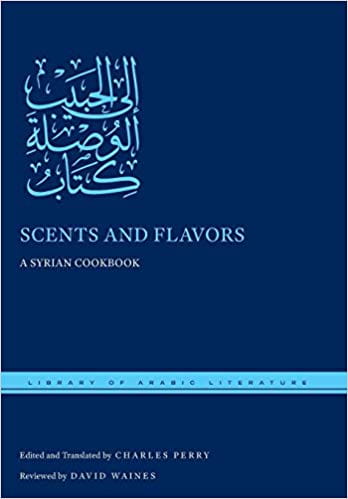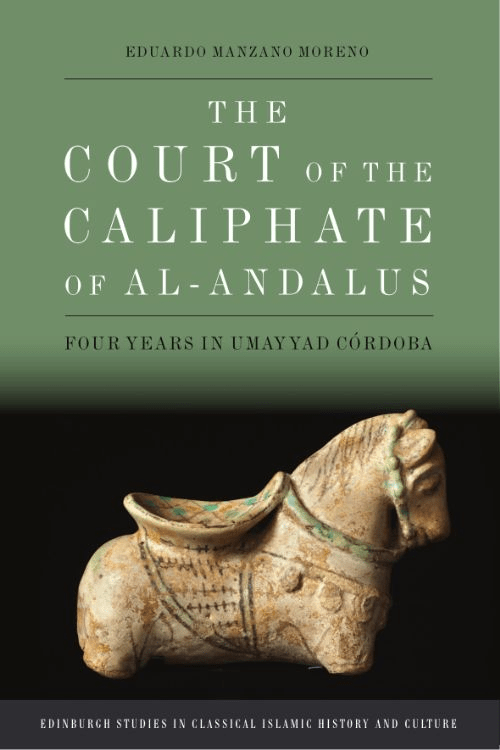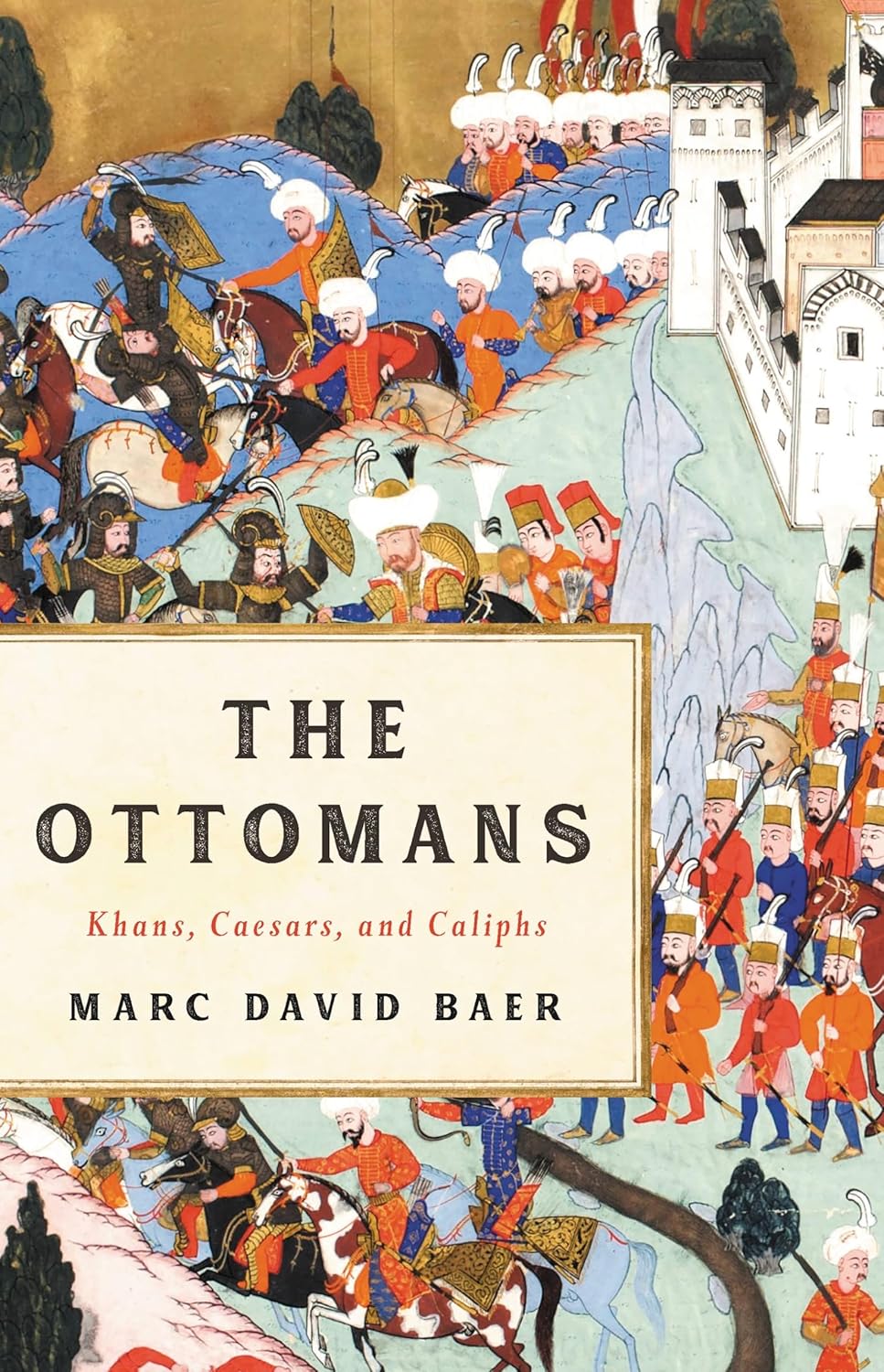
Scents and Flavors: A Syrian Cookbook
Tom Verde
Charles Perry, ed. and tr.
2017, New York UP, 978-1-47985-628-2, $30 cl.
Aside from a few examples from antiquity, it wasn’t until medieval times—between the 10th and 13th centuries—that cookbooks appeared, courtesy of Arab scribes. The texts addressed the public’s desire to know, as one early Baghdadi author put it, what “kings and caliphs and lords and leaders” ate. This popular collection of 635 recipes was anonymously compiled in Syria in the 13th century. Its meticulous organization was one reason for its success. Its heady combinations also made it popular, for it infused dishes with aromatic ingredients “such as rose water, musk, or ambergris,” rendering medieval Arab fine dining “a feast for the nose.” An extensive glossary, plus facing pages of the original Arabic text, make this a desirable reference work for scholars. While the medieval recipes are impractical for modern cooks, examples such as sanbusak—layered cuts of meat sautéed with “coriander seeds, Chinese cinnamon, mastic and pepper” stuffed with saffron-colored poppy seed and pistachio bread crumbs—may still coax sighs from envious gourmands.
You may also be interested in...

New Perspective Offered in The Court of the Caliphate of al-Andalus — Our Book Review
Author Eduardo Manzano Moreno gives life to a court scribe’s observations of Córdoba to offer a rarely explored view of the era
Ottoman Origins, European Echoes
A bold reframing of how Ottoman governance shaped European ideals before Europe claimed them.